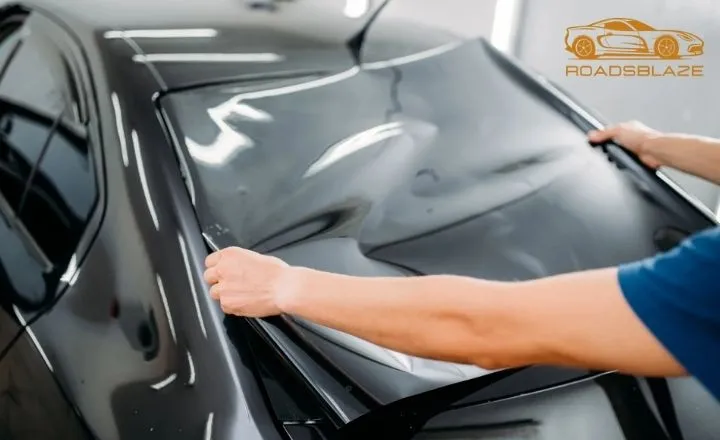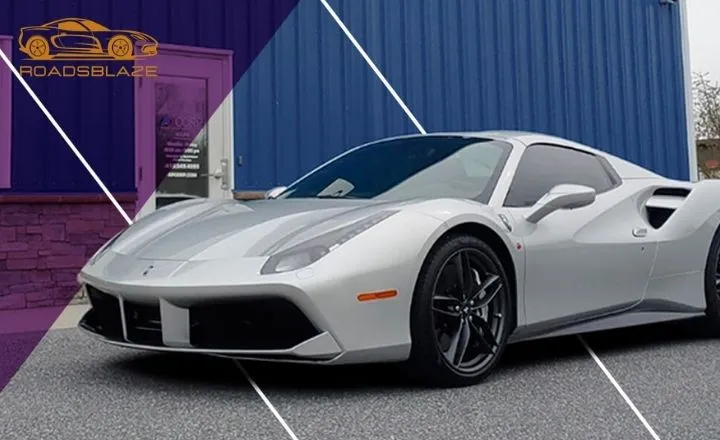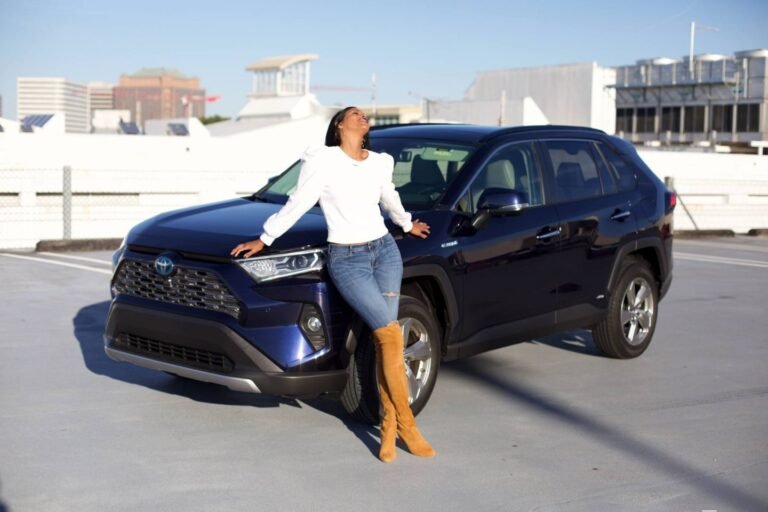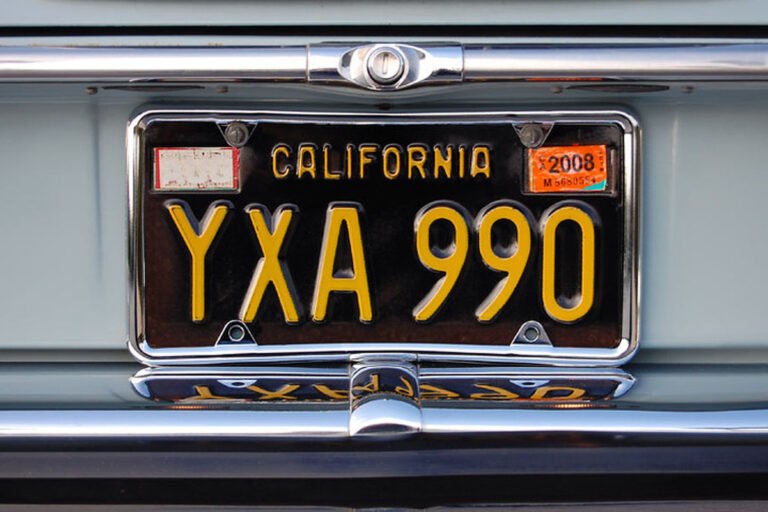How Much to Tint Car Windows: A Comprehensive Guide for 2024
Are you Wondering how much to tint car windows in 2024? You’re not alone. Window tinting has become increasingly popular among car owners, offering enhanced privacy, UV protection, and improved aesthetics. The cost of window tinting can vary significantly based on several factors.
This comprehensive guide will explain everything you need to know about car window tinting costs, helping you make an informed decision about your vehicle.
Types of Tint Car Windows

Dyed Window Tint
Dyed window tint is the most affordable option for car owners looking to tint their windows. This type of film uses a dye layer to absorb sunlight and reduce glare. While cost-effective, dyed tint may fade over time and doesn’t offer the same level of heat rejection as other options.
The cost of dyed window tint typically ranges from $50 to $100 per window, making it an attractive choice for budget-conscious consumers. When opting for this type of tint, it’s essential to consider the long-term durability and performance.
Metallic Window Tint
Metallic window tint offers improved heat rejection compared to dyed tint. It contains tiny metal particles that reflect sunlight, keeping your car’s interior cooler. The downside is that metallic tint can interfere with electronic signals, potentially affecting GPS, cell phone reception, or radio signals.
Price-wise, metallic tint falls in the mid-range category, usually costing between $75 and $150 per window. While more expensive than dyed tint, it offers better performance and longevity.
Carbon Window Tint
Carbon window tint is a step up from metallic tint. It offers excellent heat rejection without interfering with electronic signals. It’s also known for its matte finish, which many car owners find appealing. Carbon tint is more durable than dyed or metallic options, making it a popular choice among those willing to invest more for quality.
Carbon window tint costs between $100 and $200 per window. The higher cost is often justified by its superior performance and longevity.
Ceramic Window Tint
Ceramic window tint is the top-of-the-line option, offering the best heat rejection, UV protection, and clarity. It uses nano-ceramic particles to block heat and harmful rays, allowing visible light to pass through. Ceramic tint doesn’t fade and won’t interfere with electronic signals.
Ceramic window tint is a premium option that costs more, typically $200 to $400 per window. Many car owners find the benefits worth the investment.
Vehicle Size and Window Count

Compact Cars
Compact cars generally have fewer and smaller windows, which can make tinting more affordable. On average, tinting all windows on a compact vehicle (excluding the windshield) can cost between $200 and $500, depending on the type of film used.
The smaller surface area means less material is required, and the job can be completed more quickly, contributing to lower overall costs.
Sedans
Sedans typically have more windows than compact cars, including rear quarter windows. This increase in window count and size naturally leads to higher tinting costs. Expect to pay between $250 and $600 for full window tinting for a sedan.
The exact price will depend on the number of windows, the complexity of the shapes, and the type of tint film chosen.
SUVs and Minivans
SUVs and minivans have the most windows and the largest surface area to cover, making them the most expensive vehicles to tint. Tinting an SUV or minivan can range from $300 to $800.
The higher cost is due to the increased material and additional time required to complete the job. Some larger SUVs may fall into a higher price bracket due to their size.
Quality of Installation
DIY Installation
DIY window tinting kits are available for those on a tight budget. These kits typically cost between $50 and $100 for enough material to tint all the windows on a sedan. Proper installation requires skill and patience.
While DIY installation can save money upfront, poorly applied tint can bubble, peel, or fade quickly. It may also violate local tinting laws if not applied correctly, potentially leading to fines.
Professional Installation
Professional installation is recommended for the best results and longevity. The cost of professional installation varies based on the installer’s experience, reputation, and location. In general, you can expect to pay between $75 and $200 per window for professional installation, in addition to the cost of the tint film.
While more expensive than DIY, professional installation ensures proper application, reduces the risk of bubbles or peeling, and often comes with a warranty.
Geographical Location
Urban Areas
Window tinting services in urban areas or large cities tend to be more expensive due to higher operating costs and increased demand. In major metropolitan areas, you pay 10-20% more for window tinting than in suburban or rural areas.
Urban areas often have more competition among tinting services, which can help keep prices in check and provide more options for consumers.
Rural Areas
Window tinting services may be less expensive in rural areas due to lower overhead costs. Fewer options may be available, limiting your choices regarding tint types or installation quality.
Prices in rural areas can be 10-15% lower than in urban centers, but this can vary significantly based on local competition and demand.
Special Considerations
Luxury and High-End Vehicles
Luxury and high-end vehicles often require special care during the tinting process. The complex curves of their windows and the need to protect expensive interiors can increase the cost of tinting. Expect to pay a 20-30% premium above standard rates for luxury vehicles.
Some high-end tinting services specialize in luxury vehicles and may charge even more for their expertise and attention to detail.
Classic and Vintage Cars
Tinting classic or vintage cars requires extra care to preserve the vehicle’s integrity and value. Some older cars may have unique window shapes or fragile glass that requires specialized handling. As a result, tinting classic cars can cost 30-50% more than standard vehicles.
Finding a tinting service with experience working on classic cars is crucial to ensure the best results without damaging the vehicle.
Legal Considerations
State and Local Tinting Laws
Window tinting laws vary by state and sometimes even by city. These laws typically regulate how dark the tint can be on different vehicle windows. Complying with local laws may limit your tint options or require the use of more expensive, high-quality films that meet legal standards while still providing desired benefits.
Violating tinting laws can result in fines and the need to remove and replace the tint, which can add significant costs in the long run.
Certification and Compliance
Some states require window tint installers to be certified or registered. Although choosing a certified installer may cost more upfront, it can provide peace of mind and ensure compliance with local laws.
Certified installers often use films with manufacturer certifications, guaranteeing their compliance with state laws.
Warranty and After-Care
Manufacturer Warranties
Many high-quality window tints come with manufacturer warranties that protect against defects, fading, or peeling. These warranties can add value to your purchase but may also increase the overall cost.
Longer or more comprehensive warranties typically come with premium tint options, which can be 20-30% more expensive than standard tints.
Installer Guarantees
Professional installers often provide their guarantees on artistry, sometimes offering free touch-ups or re-installations if problems occur. These guarantees can add value but may be reflected in higher installation costs.
Consider the long-term benefits of a good warranty or guarantee when comparing prices between different tinting services.
Related posts:
How Much Does It Cost To Wrap A Car?
How to Read and Set the Tire Pressure on a Toyota RAV4?
Conclusion
The cost of tinting car windows in 2024 can vary widely, ranging from as low as $200 for a primary DIY job on a small car to over $1000 for premium ceramic tint professionally installed on a large SUV. Factors such as the type of tint, vehicle size, installation quality, location, and legal considerations all play crucial roles in determining the final price.
While opting for the cheapest option may be tempting, investing in quality tint and professional installation can provide better long-term value, improved performance, and peace of mind. When deciding on your car window tinting project, consider your budget, needs, and local regulations carefully.
The best value doesn’t always mean the lowest price. Weigh the benefits of different tint options against their costs and choose a solution that offers the right balance of performance, durability, and affordability for your situation.
FAQs
How much does it cost to tint a car all around?
On average, tinting all car windows (excluding the windshield) can cost between $200 and $800, depending on the vehicle size and type of tint used.
What is the darkest legal window tint?
The darkest legal window tint varies by location. In many U.S. states, the darkest allowed for front side windows is 35% VLT (Visible Light Transmission). Rear windows often allow darker tints. Always check your local laws, as regulations differ between states and countries.
Is 20% tint really dark?
Yes, 20% tint is considered quite dark. It only allows 20% of light to pass through, giving significant privacy and reducing glare. From the outside, it isn’t easy to see into the vehicle during the day. Some areas may be too dark for nighttime driving, and front windows are often illegal.
What does 70% tint look like?
70% tint is very light and barely noticeable. It allows 70% of light to pass through, offering minimal privacy but still providing some UV protection and heat reduction. Outside, the windows will look slightly darker than un tinted glass. This level of tint is often used on windshields where darker tints are not allowed.







